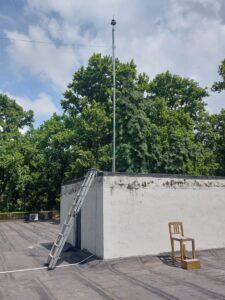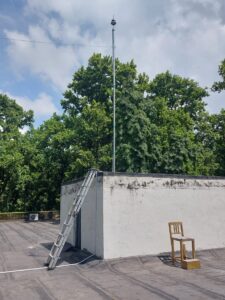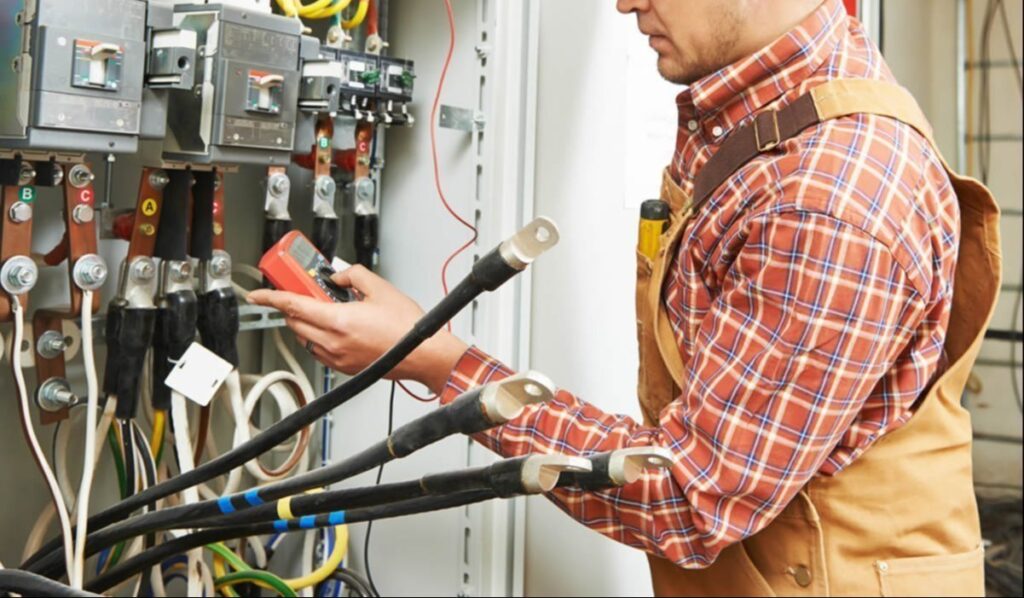Chemical earthing is a modern grounding technique that enhances electrical safety and efficiency by using specialized materials to create a low-resistance path to the earth. This method significantly improves upon traditional earthing systems, which often rely on materials like charcoal and salt that can degrade over time.



Overview of Chemical Earthing
Definition and Components
Chemical earthing involves the use of conductive materials, typically a combination of bentonite, graphite, and specialized backfill compounds, to surround an electrode made from copper or galvanized iron (GI). These materials help maintain soil moisture and reduce resistivity, ensuring effective grounding even in challenging soil conditions
Benefits
- Maintenance-Free: Unlike traditional methods that require regular upkeep, chemical earthing systems are designed to be maintenance-free for many years
- Low Ground Resistance: This technique achieves ground resistance levels below 1 Ohm, which is crucial for the safe dissipation of fault currents
- Durability: The materials used are resistant to degradation, providing a long service life of approximately 12-15 years compared to just 3-4 years for conventional systems
- Cost-Effective: Reduced maintenance needs translate into lower overall costs over time
Installation Process
The installation of a chemical earthing system involves several key steps:
- Excavate a Pit: Dig a pit sized appropriately for the electrode.
- Position the Electrode: Place the electrode in the center of the pit.
- Add Backfill Compound: Surround the electrode with a backfill compound that enhances conductivity.
- Backfill with Soil: Fill the pit with soil while ensuring the electrode remains secure.
- Watering: After installation, water the area to activate the chemical compounds used in the backfill
Applications
Chemical earthing is widely used across various sectors, including:
- Telecommunications and Data Centers
- Industrial Facilities
- Lightning Protection Systems
- Power Generation Stations
- Healthcare Institutions
These applications benefit from the reliable grounding that chemical earthing provides, which is essential for preventing electrical hazards and ensuring equipment safety
Conclusion
Chemical earthing represents a significant advancement in grounding technology. By utilizing modern materials that enhance conductivity and minimize maintenance, it offers a more efficient and reliable solution compared to traditional methods. Its long-lasting nature and effectiveness in various environments make it an ideal choice for both industrial and commercial applications.




